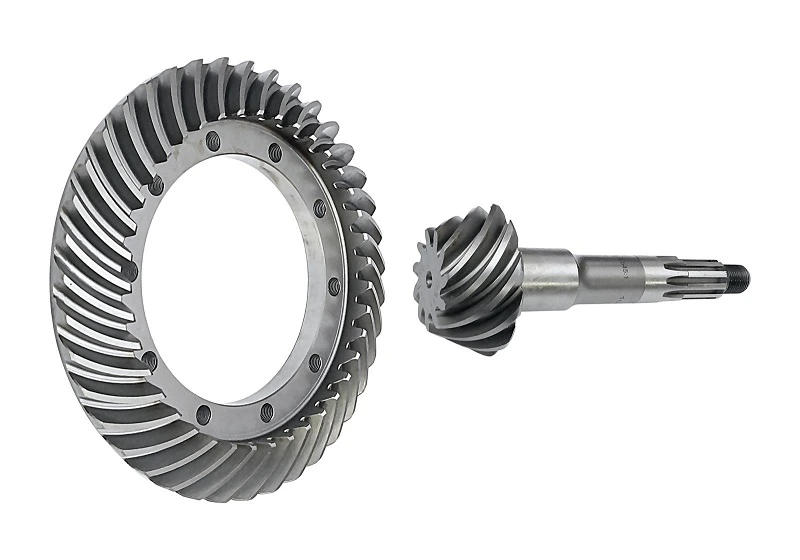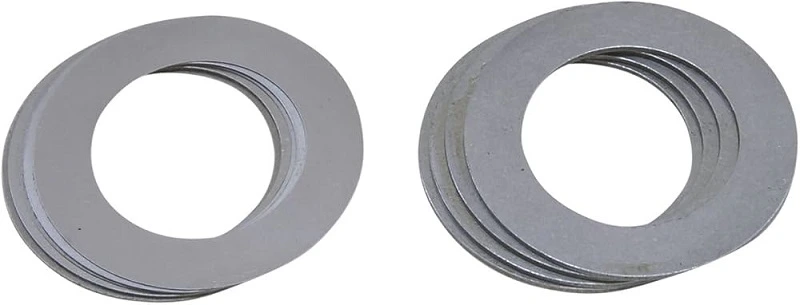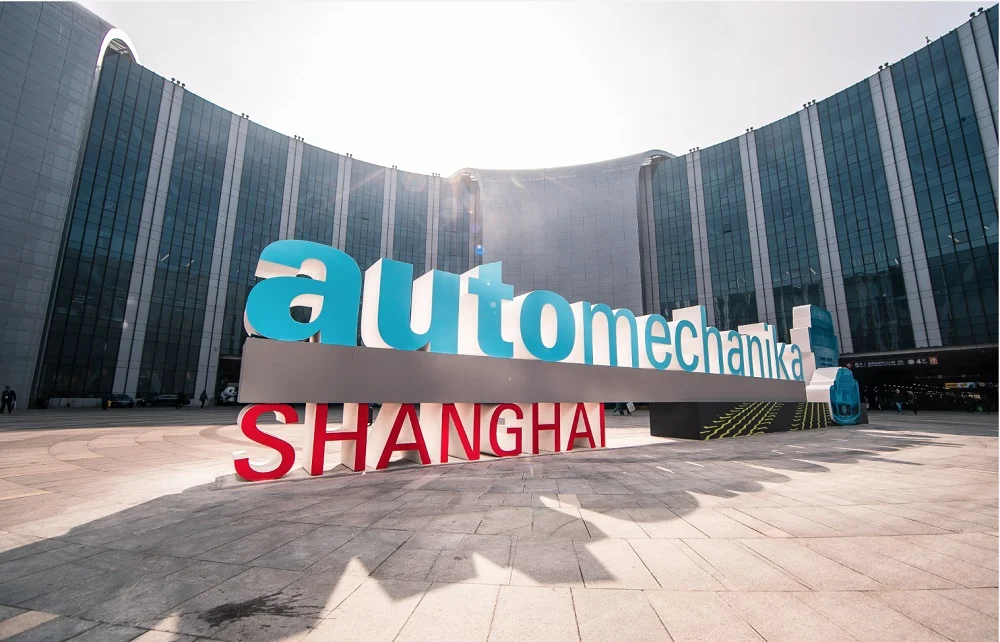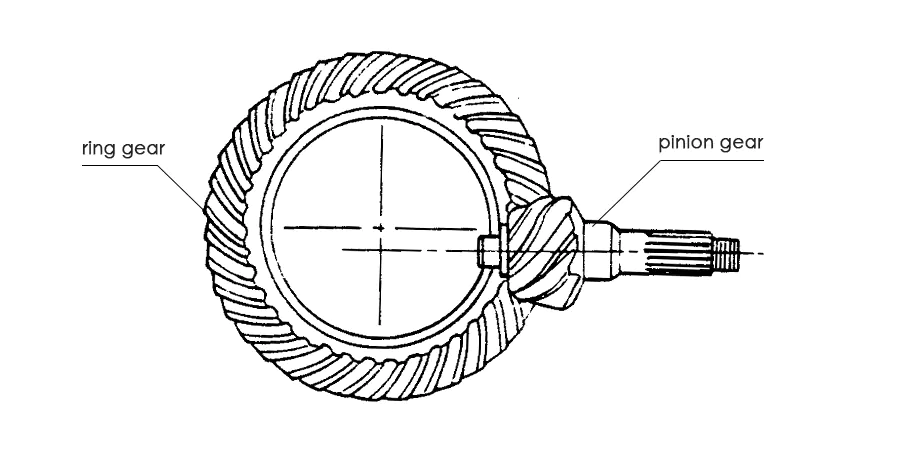Among all the factors that influence differential performance and durability, pinion preload is one of the most critical—and most frequently misunderstood. It is also one of the leading causes of premature crown wheel and pinion failure in daily-use vehicles, commercial fleets, off-road builds, and high-performance applications. When preload is set incorrectly, it does not take long before the differential begins to develop noise, excessive heat, bearing damage, and ultimately, total gear set failure.


This article provides a detailed look into how preload works, why incorrect preload is so harmful, what symptoms typically appear, and how proper setup prevents costly breakdowns. It is written to help vehicle owners, mechanics, fleet managers, and aftermarket installers understand the long-term consequences of improper pinion setup—and why getting it right matters far more than many people realize.
What Is Pinion Preload and Why Does It Matter?
Pinion preload refers to the amount of rotational resistance applied to the pinion bearings when the pinion nut is torqued. It determines how tightly the bearings clamp onto the pinion shaft, which directly influences:
- The stability of the pinion under load
- Gear mesh consistency
- Bearing longevity
- Heat generation
- Noise and vibration levels
When preload is correct, the bearings maintain smooth, even rotation. The pinion remains stable as it transfers torque to the ring gear, minimizing movement and ensuring optimal tooth contact.
When preload is incorrect—either too loose or too tight—the bearing’s internal geometry is compromised. This leads to accelerated wear and places the entire differential at risk.
Incorrect Preload: Two Types, Two Different Failure Paths
There are two ways preload can be set incorrectly:
- Insufficient preload (too loose)
- Excessive preload (too tight)
Both cause serious damage, but in very different ways.
1. Insufficient Preload (Too Loose)
This is the most common preload mistake, especially in differentials that use a crush sleeve. Insufficient preload occurs when the bearings do not clamp the pinion tightly enough, allowing microscopic movement during operation.
How It Causes Damage
Bearing Skidding
When preload is too low, the rollers inside the bearing do not rotate smoothly—they skid across the race surface. This leads to localized overheating, scoring, and micro-pitting.
Pinion Deflection Under Load
The pinion does not maintain a fixed position. Instead, it shifts away from the ring gear under torque, causing:
- Poor tooth contact
- Increased backlash
- Irregular wear on both pinion and ring gear teeth
Gear Whine
Loose preload is one of the most common causes of differential whine under acceleration or deceleration. The noise is more than an annoyance; it is a sign that metal surfaces are no longer interacting properly.
Seal Leakage
A moving pinion puts extra stress on the seal lip, causing leaks. Once gear oil levels drop, the wear accelerates dramatically.
Long-Term Consequences
If uncorrected, insufficient preload leads to:
- Pitting on gear teeth
- Bearing cone surface damage
- Excessive heat buildup
- Complete bearing collapse
- Pinion shaft wobble
- Fast failure of the entire gear set
2. Excessive Preload (Too Tight)
This error is less common, but often far more destructive. Excessive preload occurs when the pinion nut is overtightened or when the crush sleeve is incorrectly compressed.
How It Causes Damage
Bearing Overheating
Too much preload increases friction dramatically. Even at low speeds, the bearings generate excessive heat, which breaks down lubrication and causes the rollers to scuff the races.
Rapid Fatigue
The bearing rollers become overloaded. This creates microscopic cracks in the raceways, eventually leading to spalling and metal flaking.
Gear Oil Breakdown
Excess heat cooks the oil, reducing viscosity. Once lubrication is compromised, wear accelerates exponentially.
Immediate Failure Under Load
In performance or heavy-duty applications, excessive preload can destroy a new gear set in minutes, not months.
Long-Term Consequences
Excessive preload results in:
- Blueing or discoloration of bearing surfaces
- Warped pinion bearings
- High-pitched whining or grinding noises
- Seal failure due to heat
- Seized pinion shaft in extreme cases
Why Incorrect Preload Usually Goes Unnoticed During Installation
Many differential failures originate from installation, not from the part itself. Even a skilled mechanic can set preload wrong if the conditions are less than ideal.
Using old bearings to check pattern
Installers sometimes reuse old bearings for setup work, then switch to new bearings for final assembly. Since new bearings have different internal clearances, preload set with old bearings becomes inaccurate.
Relying on “feel” instead of measurement
Preload must be measured with an inch-pound torque wrench. Estimating by hand is nearly always inaccurate.
Improper crush sleeve compression
Crush sleeves cannot be partially crushed or reused. Any misstep results in inaccurate preload.
Dirty or dry bearings during assembly
Even a small amount of debris or lack of lubrication will change preload readings and lead to future failure.
Underestimating the effect of torque on bearing seating
Bearings seat deeper after the first rotation under load. If preload is set before seating occurs, it becomes incorrect as soon as the vehicle is driven.
Symptoms of Incorrect Pinion Preload
Different types of incorrect preload manifest as different symptoms. Identifying them early can prevent catastrophic damage.
Signs of Insufficient Preload
- Whine during acceleration or deceleration
- Excessive backlash after a short time
- Gear oil leaks from the pinion seal
- Vibration under load
- Metallic particles in the oil
Signs of Excessive Preload
- High-pitched whine at all speeds
- Overheating near the differential housing
- Burnt-smell gear oil
- Rapid seal wear
- Bearing noise even with proper oil level
How Incorrect Preload Leads to Gear Set Failure
Even though preload is applied to bearings and not directly to gear teeth, it has a major impact on gear longevity. Gear sets fail when:
1. Tight or loose bearings change tooth contact
A shifting pinion alters the contact pattern between ring and pinion teeth, leading to:
- Pitting
- Scuffing
- Micro-spalling
- Tooth breakage
2. Excess heat from the bearings spreads to the gear set
Heat accelerates:
- Lubrication breakdown
- Material fatigue
- Surface wear
3. Loss of oil from seal failure starves the gears
Low oil levels cause direct metal-to-metal contact, quickly destroying the differential.
4. Increased vibration accelerates fatigue in both bearings and gears
Vibration is especially destructive in vehicles used for heavy-load operation, long-distance hauling, or performance builds.
How to Ensure Preload Is Set Correctly
Correct preload is essential, and achieving it consistently requires attention to detail.
Use the correct measurement tools
An inch-pound torque wrench is mandatory. No other method is accurate enough.
Never reuse crush sleeves
Once crushed, a sleeve cannot return to its original shape.
Use setup bearings for pattern work
This prevents distortion of the final measurement.
Lubricate bearings properly before installation
Dry bearings give false readings and wear prematurely.
Rotate the pinion during installation
Rotating seats the bearings and ensures preload stays accurate once torque is applied.
Re-check preload after the carrier is installed
Carrier preload influences pinion preload more than many installers expect.
Use high-quality bearings and gear sets
Lower-grade materials are more sensitive to preload errors.
Why Proper Preload Matters Most for B2B and Heavy-Duty Users
While preload errors affect any vehicle, the consequences are magnified in B2B environments:
Commercial fleets
Preload mistakes lead to unexpected downtime, rising maintenance costs, and shortened component life cycles.
Off-road and 4x4 applications
Higher torque loads amplify any misalignment or bearing damage.
Performance and racing shops
Incorrect preload destroys expensive gear sets quickly.
Aftermarket distributors
Products may be blamed for failures caused by installation errors, damaging both reputation and client trust.
For any organization relying on consistent vehicle operation, correct preload is not just a technical detail—it is a crucial part of risk prevention and cost control.
Conclusion
Incorrect pinion preload is one of the most common causes of bearing failure, gear noise, and premature crown wheel and pinion damage. Whether the preload is too loose or too tight, the consequences can be severe: excessive heat, vibration, gear wear, seal leaks, and catastrophic failure.
Understanding how preload works, recognizing early symptoms, and following precise setup procedures are essential to protecting the differential and ensuring long-term durability. For vehicle owners, workshops, and fleet managers, correct preload is a small detail that prevents major problems.
If you need high-quality crown wheel and pinion gears, pinion bearings, or complete differential components, XJXPARTS manufactures durable, precision-machined products for a wide range of applications. As a factory supplier, we support both bulk orders and custom requirements.



